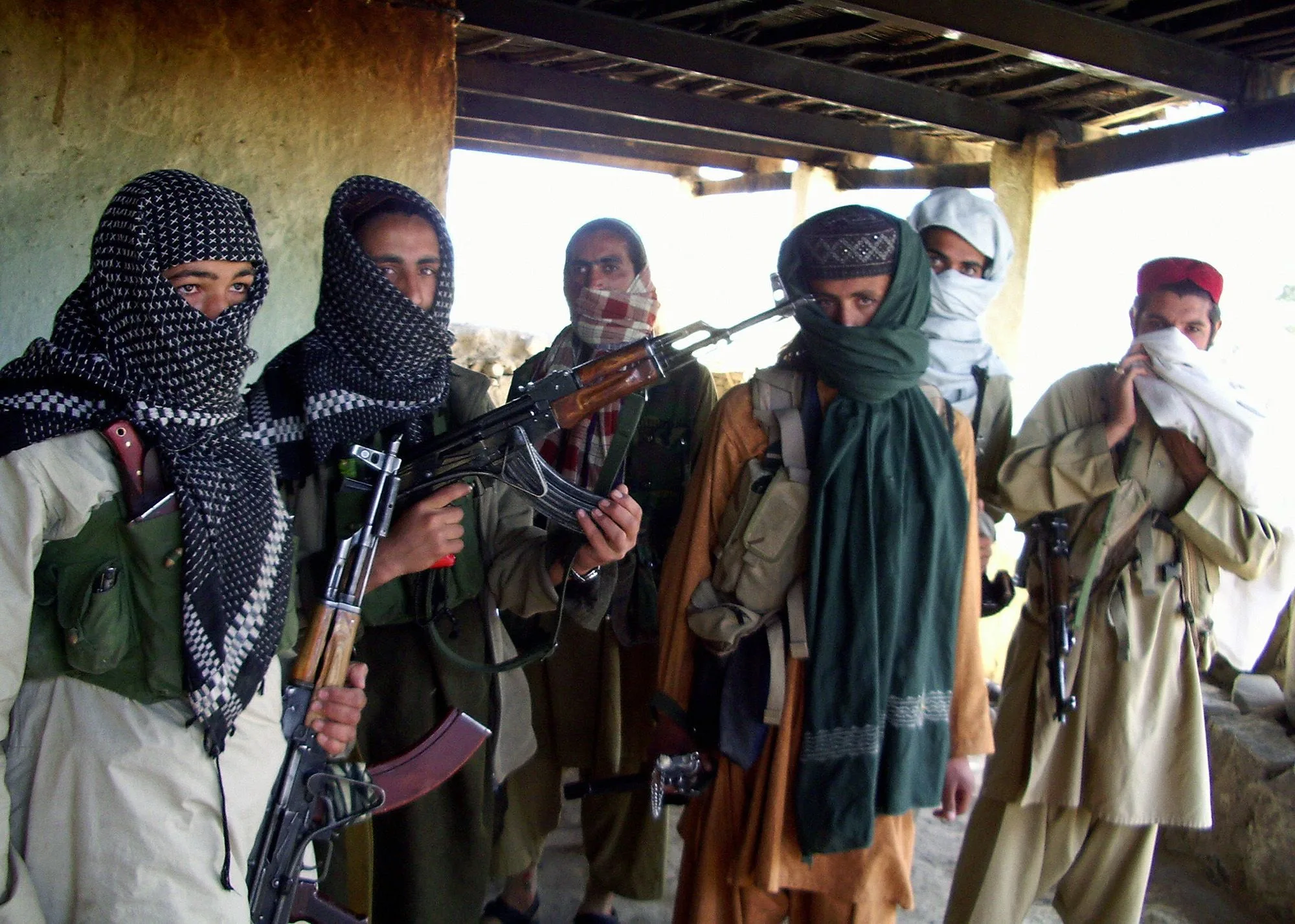
When the Taliban swept into Kabul in August 2021, the world anxiously watched to see if Afghanistan would once again become a haven for global terrorist organizations like Al-Qaeda. While the Taliban’s leadership assured the international community, especially in their 2020 Doha agreement with the United States, that Afghan soil would not be used to threaten global security, concerns quickly mounted. Despite the Taliban’s promises, the deep-rooted ties between the Taliban, the Haqqani network, and Al-Qaeda have caused many security analysts to warn that Al-Qaeda’s resurgence could happen much sooner than initially anticipated.
One of the most significant reasons for these concerns is the central role of the Haqqani network within the new Taliban government. Known for its long-standing ties to Al-Qaeda, the Haqqani network has cemented its influence in Afghanistan’s corridors of power, controlling critical security and intelligence functions. Figures like Sirajuddin Haqqani, who now serves as the Taliban’s Interior Minister, and Khalil ur-Rahman Haqqani, who heads the Ministry of Refugee Affairs, underscore the deep entanglement between the Taliban and global terrorist entities. Both individuals are U.S.-designated terrorists, with multi-million dollar bounties placed on their heads by the U.S. government.
The Haqqanis are not merely symbolic appointees in the Taliban’s new regime. Their extensive involvement in intelligence, security, and governance grants them the ability to shield and facilitate the operations of terrorist organizations like Al-Qaeda. Mullah Tajmir Jawad, a former commander of the Haqqani network who now serves as the deputy head of intelligence, exemplifies this shift. Before taking on his official role in the Taliban government, Jawad ran a suicide bomber training camp—an alarming indicator of how militant extremism may now operate with impunity under the Taliban’s rule. This intricate Haqqani-Taliban nexus provides fertile ground for Al-Qaeda to regroup, rebuild, and reassert itself, potentially using Afghanistan as a launchpad for regional and even global jihadist operations.
In contrast to the pre-9/11 era when Al-Qaeda openly used Afghanistan as a base to plan and launch high-profile attacks, the group appears to be adopting a more cautious and covert strategy this time around. Analysts suggest that Al-Qaeda has learned from its past mistakes and is unlikely to directly provoke the international community as it did in 2001. Abdul Sayed, a researcher specializing in radical Islamic movements, argues that Al-Qaeda will likely shift its focus from global terrorism to more regional operations, leveraging its strategic alliances across the Muslim world.
Al-Qaeda’s long-standing affiliations with jihadist groups in the Middle East, Africa, and South Asia allow it to expand its reach without directly drawing attention to its operations within Afghanistan. This decentralized, “hub-and-spoke” model enables Al-Qaeda to maintain a low profile within Afghanistan while simultaneously supporting and directing its affiliates in other conflict zones. The protective umbrella provided by the Haqqani network—whose leaders now hold key government positions—enables Al-Qaeda to operate more discreetly.
This new operational blueprint could allow Al-Qaeda to reconstitute itself while avoiding the kind of global backlash that led to the downfall of both the group and its Taliban allies in 2001. Nevertheless, the presence of Al-Qaeda in Afghanistan presents a serious long-term threat, particularly as the group’s objectives remain tied to global jihad, even if its immediate focus shifts toward regional consolidation.
In response to these developments, the U.S. has pledged to maintain an “over-the-horizon” capability to target terrorist threats in Afghanistan without maintaining a permanent military presence on the ground. This strategy, based primarily on drone strikes and intelligence gathering, aims to prevent terrorist groups like Al-Qaeda from regaining the capacity to launch large-scale attacks against the West. However, this approach is not without its challenges. The Taliban has repeatedly condemned U.S. drone operations in Afghan airspace, accusing Washington of violating the terms of the Doha agreement. Taliban spokespersons have publicly criticized these operations, signaling a potential diplomatic standoff that could limit U.S. counterterrorism efforts. While U.S. officials argue that the Taliban’s unwillingness to sever ties with Al-Qaeda justifies these strikes, this disagreement may lead to further complications in U.S.-Taliban relations.
While Al-Qaeda has thus far kept a low profile in post-Taliban Afghanistan, the growing influence of the Haqqani network within the Taliban government and the group’s deep-rooted connections with Al-Qaeda present a significant threat to global security. Al-Qaeda’s strategic shift to regional operations does not diminish its long-term goals of global jihad, and the group’s reestablishment in Afghanistan could have serious ramifications for both regional stability and international peace. As Afghanistan once again teeters on the edge of becoming a sanctuary for extremist groups, the international community must remain vigilant. The stakes are high, and the potential for Afghanistan to revert to a breeding ground for global terrorism is a risk that cannot be ignored.
